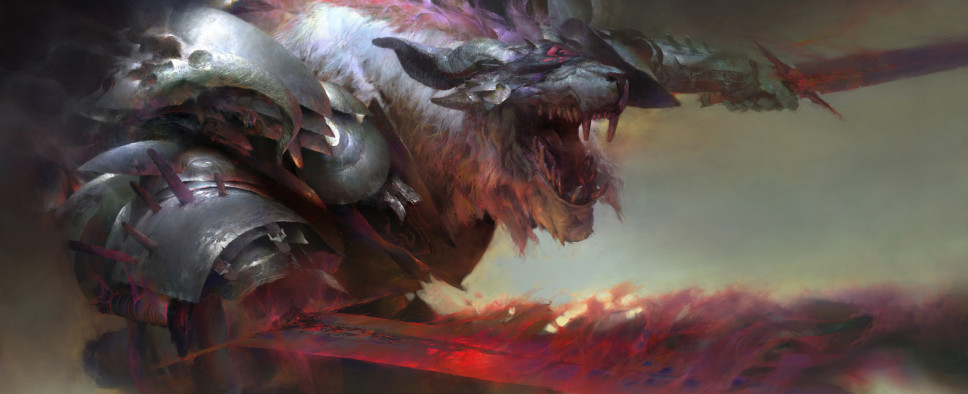Guild Wars 2 - Sunqua Peak Live
-
Category: News ArchiveHits: 776

Sunqua Peak, the latest Fractal of the Mist you can tackle in ArenaNet’s MMORPG Guild Wars 2, is now live. It offers a series of interconnected mini-dungeons and a scaling level of challenge. If you’d like to learn more about his new piece of content, you can find the latest update notes here, and a lengthy post detailing how it came to be over here.
An excerpt from the latter:
Hey, everyone. My name’s Cam, and I’m here to talk about our new fractal, Sunqua Peak. Today we’ll talk about the philosophies behind its design and dive into the processes we followed during its development. Sunqua Peak is very special to us and took an enormous effort from everyone involved. Be warned, there are light spoilers for the fractal below! If you haven’t yet experienced Sunqua Peak and want to go in blind, turn back now!
Seriously, this is your final warning.
Still with me? Awesome. Let’s jump into it.
Impetus—The Journey Begins
It feels so good to be able to say that. Or…type that? You know what I mean. From the beginning, we knew we wanted this fractal to be players’ first taste of Cantha in Guild Wars 2. What we didn’t want, however, was to spoil the surprise of visiting Cantha in our upcoming expansion, Guild Wars 2: End of Dragons. The need to satisfy both goals created a difficult challenge, but one we were eager to tackle.
First, we brainstormed a bunch of ideas for when this fractal would take place. Setting the fractal in ancient history, the far future, and alongside the story of Guild Wars: Factions® were all candidates at one point early on. But something about these time periods didn’t resonate as strongly as we would have hoped. We wanted a setting that would feel strangely familiar to players, something that bordered on the uncanny, as though you were traveling through a forgotten memory. Ideally, players should know where they are almost immediately but still experience the wonder and awe of stepping into a new world for the first time.
This led us to a time between the end of the storyline in “Winds of Change” and the start of Guild Wars 2, a period only briefly mentioned in the records of history; an era when Cantha was on the verge of radical transformation in the eyes of her citizens—and indeed, the whole of Tyria.
With the “when” figured out, the “where” quickly revealed itself. One of the early decisions behind this fractal was to reuse aspects of a previous map from another fractal that was scrapped in favor of Shattered Observatory. This fractal, internally called “Mountain,” saw players climbing a mountain in the middle of a furious storm. This setting provided the basis for our new fractal, and the themes therein helped to inform both its mechanics and general flow.
Once our setting had been locked in, we got to work building a brand-new map that fully realized our vision.
Ideation—Working Together
Fractal development starts, like any video game, in a stage called preproduction, or “pre-pro” for short. During pre-pro, the team focuses on high-level details. What is the setting? What are the themes, both visually and narratively, that we want to focus on? What is our target audience? As we answer these questions and set our goals, a plan begins to take shape.
Each profession begins to outline their vision. Narrative designers set the stage and tone of the story and begin to outline the characters involved. Artists create mood boards and set visual targets for their work. Programmers research and develop new tech and tools to use in creating content. Game designers plot out the flow of gameplay and begin to prototype mechanics. QA analysts and producers help us plan our development time line and ensure our work is stable and sustainable throughout. Though it may seem that each individual is “in charge” of their own aspect of the game, it is only when a team works closely together, sharing ideas and inspiring solutions, that our greatest works are crafted.
As the team nears the end of preproduction, they create a “pitch deck”—a visualization of their plan presented to a group of individuals representing each profession in studio leadership. Everyone gets a voice in the conversation, offering critique, concerns, or approval. At the end of the pitch, the team either returns to iterate on the plan and address critical feedback or receives the green light to move into the next phase of development: full production.

